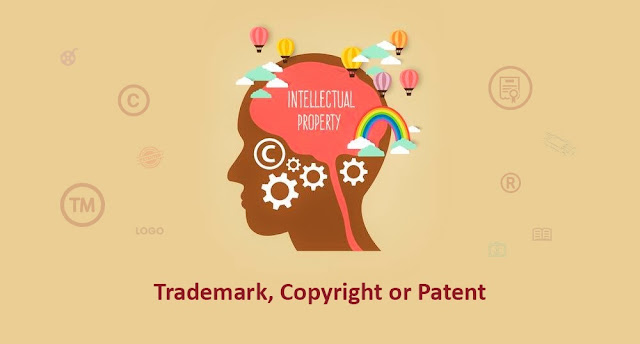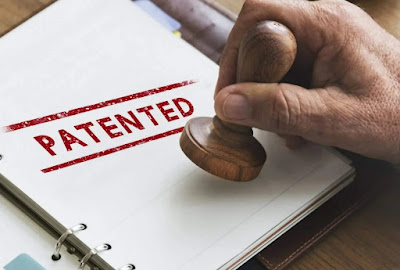Copyright, Patent, and Trademark: What’s the Difference?

Would you like to make a fortune with a brilliant new concept? Then, creating a patent, trademark, or copyright is a critical step any inventor or artist should take before bringing their creation to market. It is essential to know the differences between these three designations, but they protect a specific type of intellectual property against copycats trying to profit from your idea. Inventing an app , idea inventing an app, invention idea, idea for invention , and inventing an idea will require a patent, trademark, or copyright . Copyright The United States' laws provide for copyright protection. If a work of authorship is published or unpublished, it is protected by the Copyright. In addition to paintings and literary works, live performances, photographs, movies, and software can be protected under copyright laws. The dictionary defines Copyright as "the exclusive right of an individual to reproduce, publish, or sell an original work (whether literary, musica...
